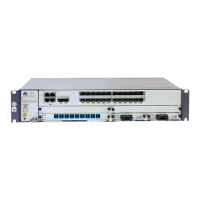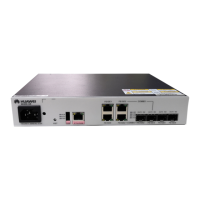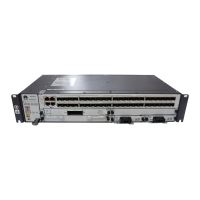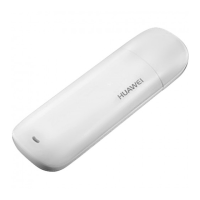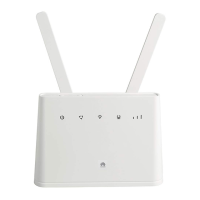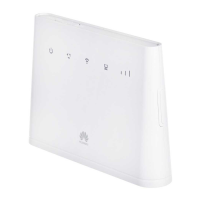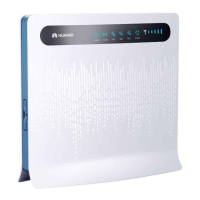5. Method of using lint-free swabs to clean the optical port of an optical
module
Remove the dust-proof cap from the optical port of the optical module, and put
the dust-proof cap into a dedicated cleaning kit.
● Select a proper lint-free swab based on the type of the optical port to be
cleaned. (For SC optical ports, use lint-free swabs with a diameter of 2.5 mm;
for LC and MTRJ optical ports, use lint-free swabs with a diameter of 1.25
mm.) Dip the lint-free swab into cleanser, insert it into the inside of the
optical port, and clean the optical port by rotating the swab 360 degrees in
one direction along the inner wall of the optical port.
● Insert a dry lint-free swab of the same type into the inside of the optical port
and clean the optical port by rotating the swab 360 degrees in one direction
along the inner wall of the optical port.
● Cap the optical port after the cleaning is complete.
6. Precautions for using lint-free swabs to clean the optical port of an optical
module
● When cleaning the optical port of an optical module, clean the end faces of
associated optical
bers to prevent the optical bers from dirtying the optical
port.
● In general, each lint-free swab can be used for cleaning only once. If a used
lint-free swab is
conrmed clean and can be reused, it can be used for a
maximum of three times. For example, a lint-free swab that is ever used to
dry an optical port can be used for a maximum of three times.
7. Safety precautions
● Electrostatic protection: Active optical and electrical components are
extremely sensitive to electrostatic. Therefore, take strict measures to protect
against electrostatic. For example, wear ESD gloves during operations and
touch only the shell of the involved component.
● Laser protection: Do not look into optical ports without eye protection when
reseating a module.
8. Discrete
reectance
Focus on the reection indicators of each node during link deployment. The
discrete reection indicators must meet the IEEE standards.
Table 3-90 Maximum discrete reectance of QSFP28 50G dened by IEEE
Number of
discrete
reectances
greater than –55
dB
QSFP28 50G-FR
(Maximum value
of each discrete
reectance)
QSFP28 50G-LR
(Maximum value
of each discrete
reectance)
QSFP28 50G-ER
(Maximum value
of each discrete
reectance)
1 -25 dB -22 dB -19 dB
2 -31 dB -29 dB -27 dB
4 -35 dB -33 dB -32 dB
HUAWEI NetEngine 8000 F
Hardware Guide 3 Hardware Description
Issue 05 (2023-03-31) Copyright © Huawei Technologies Co., Ltd. 116

